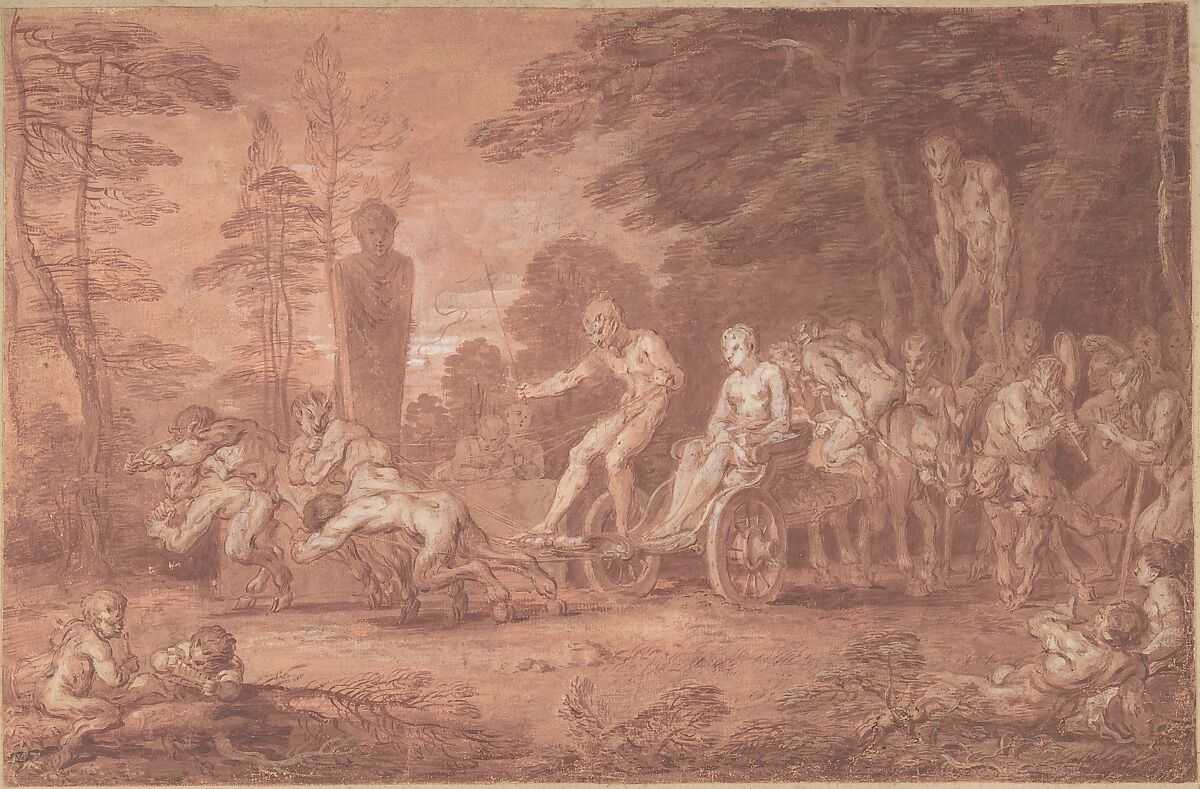Claude Gillot, a renowned artist and engraver of the late 17th century, is celebrated for the whimsy and originality of his works, which foreshadowed the freedom of expression and social norms of the Regency era.
His creations, encompassing parodies, scenes of sorcery, farces, and fairground improvisations, established him as a master of satire, comedy, and the performing arts. With nearly 90 pieces on display, this exhibition stands as the most ambitious tribute ever dedicated to this exceptional artist. In addition to the works housed in the Louvre (home to the largest collection of Gillot's art in the world), this exhibition features exceptional loans from institutions such as the Morgan Library & Museum, the Metropolitan Museum of Art in New York, the Royal Library of Belgium, and the Museum of Art and History in Langres.
Claude Gillot has long been overshadowed in history as one of Watteau's mentors. Nevertheless, his countless drawings, highly sought after by collectors, bear witness to his prolific output in a wide range of domains, including illustration, theatre, opera, costume design, and interior decoration.
At the core of his body of work lies a rich collection of drawings that reflect his fascination with the humour of Italian Commedia dell'arte, characterised by its pantomimes, acrobatics, and cross-dressed characters. Beginning in 1712, Gillot was a costume designer and decorator for the Opera, establishing himself as an esteemed ornamental artist. He collaborated notably with Claude III Audran on private interiors, breathing new life into the arabesque style of decoration.
- Monday:
-
09:00 - 18:00
- Tuesday:
- Closed
- Wednesday:
-
09:00 - 18:00
- Thursday:
-
09:00 - 18:00
- Friday:
-
09:00 - 21:45
- Saturday:
-
09:00 - 18:00
- Sunday:
-
09:00 - 18:00

